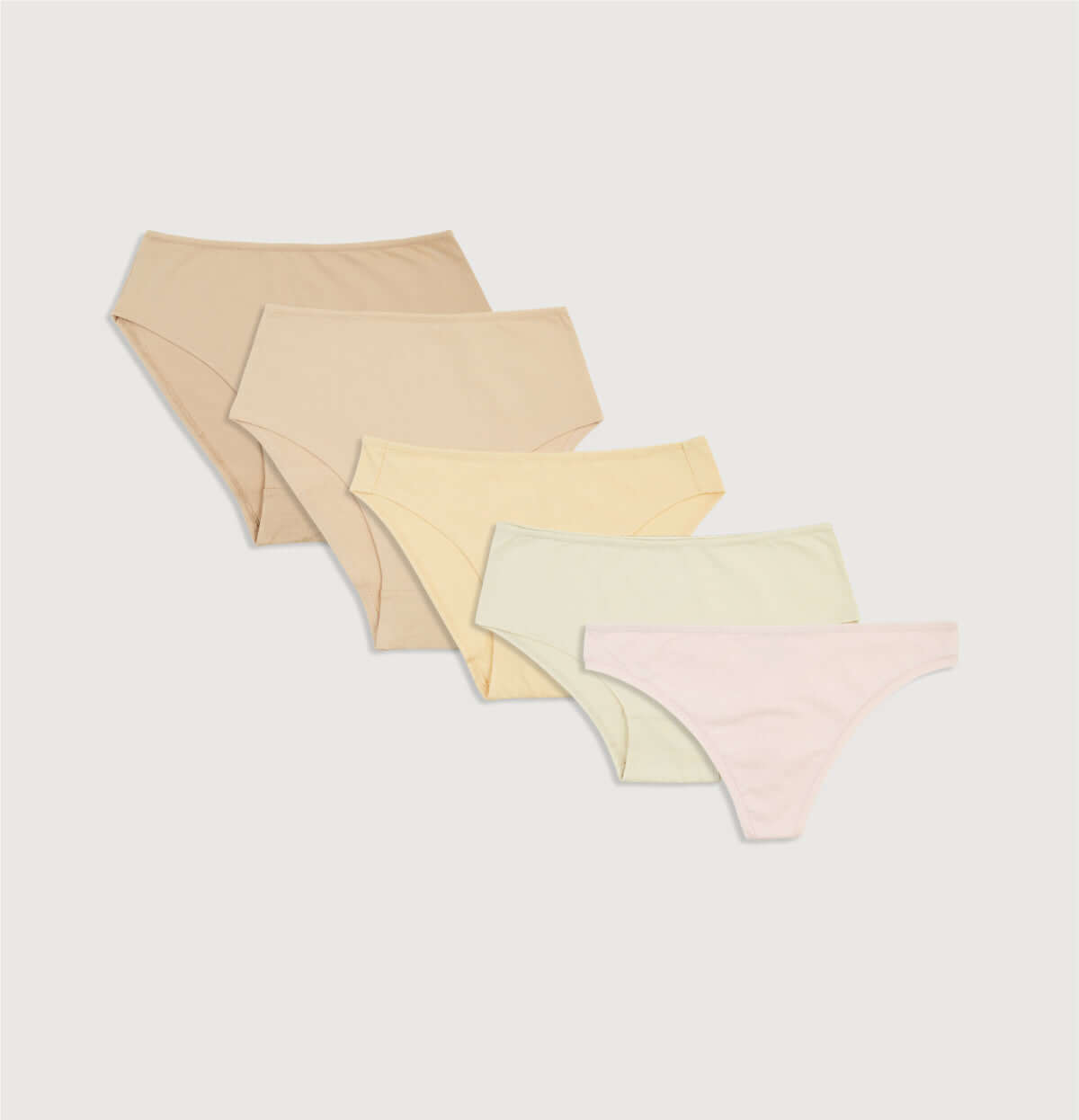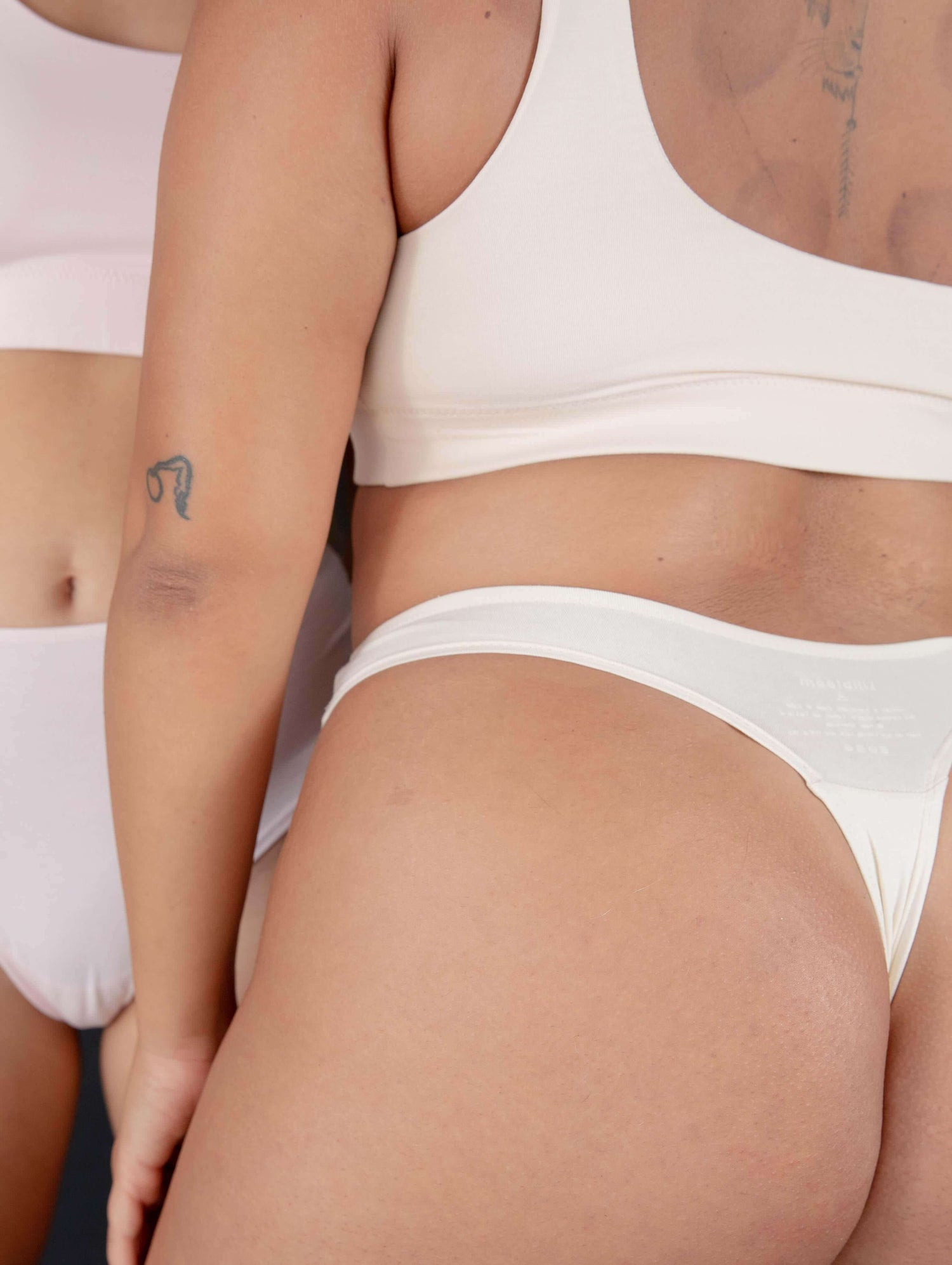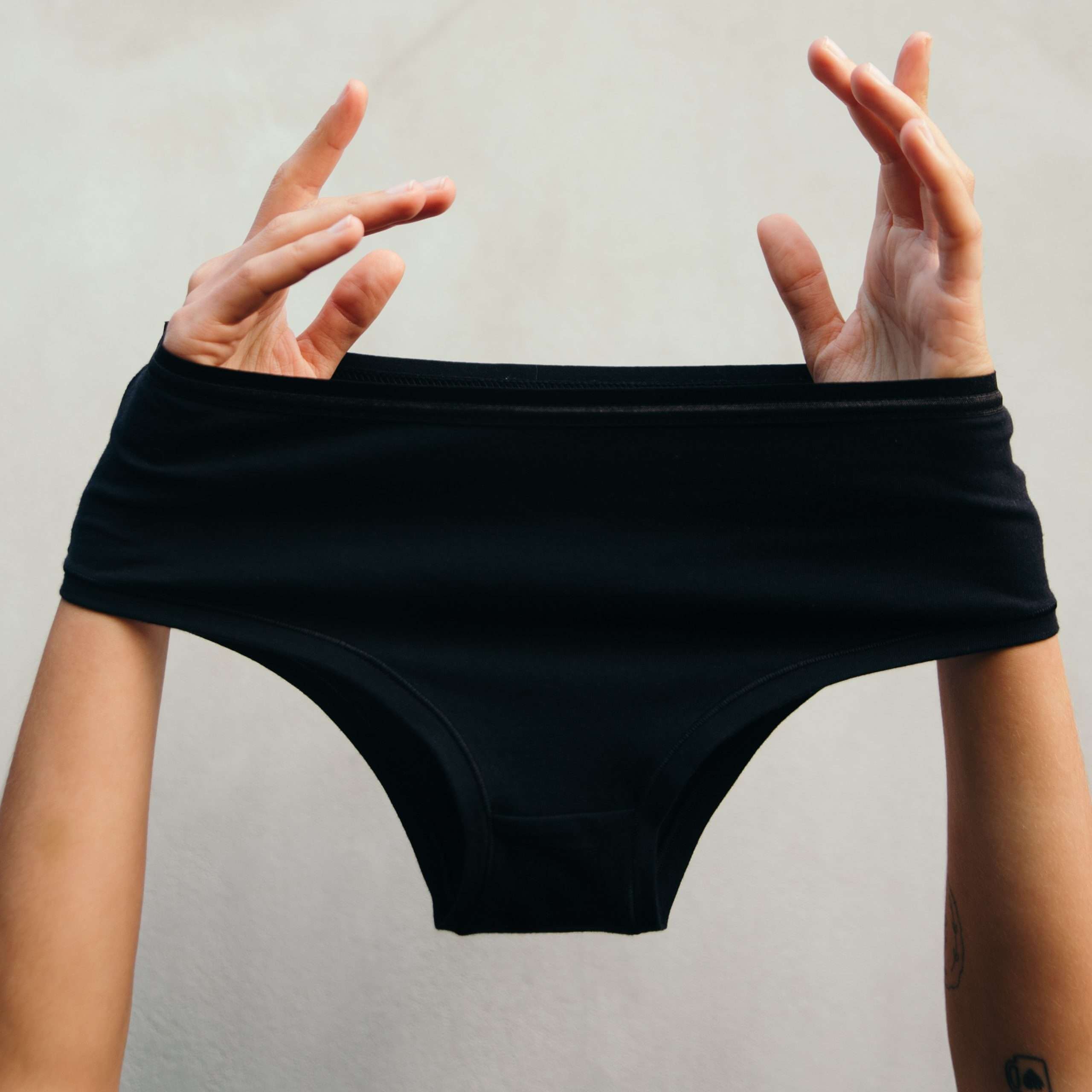The effects of fashion on body image and self-worth are being discussed quite a bit these days. Our choices not only affect our self-worth and confidence but also represent a lot of things we think about ourselves and want to convey. Clothes have always been a part of our identity, and also satisfy our needs both physically and emotionally .
Fashion speaks about separation as well as affiliation. About classes. About self-perception and statements. Fashion is a cultural and social phenomenon and therefore also a psychological one.
We choose clothes to protect us from the elements, to make our activities safer, or for beauty and fashion reasons to make a statement about who we are. But while there is a growing interest in the psychology of fashion and an exponential increase in body image research, the evidence on the connection between psychology and underwear is sparse.
It is said that clothes are like our second skin and sometimes represent who we are. A study published in 2006 reported that women put a lot of effort into choosing, buying, and wearing specific underwear for specific occasions and that underwear can be a representation of "who I really am." The process of buying and wearing underwear can contribute to our self-confidence as well as undermine it, especially if we find ourselves not conforming to the model we have seen in advertisements.
Underwear, then, has several roles. Some are comfortable and functional, and some are decorative and influence our self-esteem, and also play a significant role in the realm of romance and sexuality.
Throughout our lives, the importance we place on our underwear is likely to change, but we still need to buy and wear it. When we want to attract potential ‘partners’ we choose underwear that we perceive as more attractive and that makes us feel ‘sexy’. Once we feel secure in a relationship, we may decide that comfort is a priority. The fashion industry is relentless in pressuring women and men to achieve the ‘beautiful body’ of the right skin tone and the right shape. In achieving this look, women may succumb to wearing uncomfortable underwear that controls and reshapes their bodies to the fashion ideal. For many of us, the need to conform in this way is problematic.
In an interesting study presented at a neuroscience conference in 2014, virgin male rats were paired with female rats wearing specially designed jackets. The researchers found that when the males were given another chance to mate with either naked female rats or rats wearing the jackets, they preferred to mate with clothed rats. Because the male rats touched the jackets with their whiskers during sex, the researchers hypothesized that—like humans—the rats associated the look and feel of clothing with sex. They attributed this finding to the arousing effect that underwear has on men.
Like any article of clothing, underwear has the ability to change identity, to change how we feel about ourselves and others. There is not enough research on the psychology of underwear, and given the necessity and increased interest in underwear, psychologists can draw on the sparse literature that currently exists. We need to better understand our relationship with our underwear - our most intimate items of clothing.






